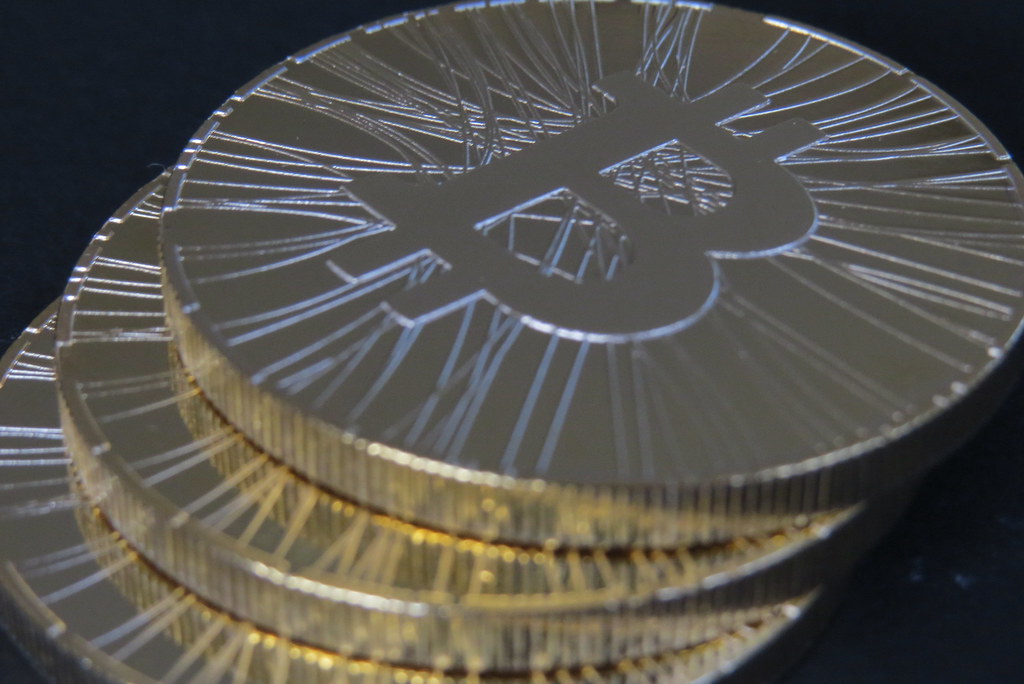Key Points:
- The number of addresses sending Bitcoin to exchanges has decreased to levels not seen since 2016.
- This could indicate reduced selling pressure, but also hints at a decline in overall Bitcoin demand.
- Bitcoin reserves on exchanges have also dropped to their lowest since 2018.
- The shift may reflect both investor reluctance to sell and a slowdown in demand for long positions.
Bitcoin Market Analysis: A Convergence of Declining Supply and Demand?
As of September 16, 2024, Bitcoin is experiencing notable shifts in market dynamics. According to data provided by CryptoQuant, the number of addresses transferring Bitcoin to exchanges has dropped to its lowest levels since 2016. This decrease in exchange-bound transactions could typically suggest that selling pressure is declining, as fewer investors are looking to offload their assets. However, this trend also raises concerns about the overall demand for Bitcoin.
Reduced Selling Pressure or a Symptom of Weak Demand?
Julio Moreno, head of research at CryptoQuant, pointed out that the reduction in transfers to exchanges signifies a lower amount of Bitcoin available for sale. In an interview with The Block, he explained, “Generally, fewer deposits to exchanges indicate that there is less Bitcoin available for sale, pointing to reduced selling pressure.” This could be good news for those hoping for price stability or growth, as a reduction in the available supply on exchanges can sometimes lead to upward price movement.
However, Moreno cautioned that this trend could also indicate a broader issue: a reduction in overall demand. He speculated that fewer traders are engaging in speculative activities, like taking long positions (buying with the expectation of future price increases) through derivatives exchanges. The current environment may be reflecting not only a decline in selling pressure but also a noticeable lack of demand.
Understanding Derivatives and Bitcoin Trading Dynamics
Derivatives are financial products that derive their value from an underlying asset like Bitcoin. These products, including futures and options, are popular among traders who wish to speculate on price movements without directly buying the asset. The decline in the number of traders depositing Bitcoin into derivatives exchanges may reflect dwindling interest in such speculative trades, suggesting that market participants are more cautious about betting on future price gains.
The Bigger Picture: Exchange Reserves Are Shrinking
In addition to the number of exchange-bound addresses dropping, CryptoQuant data shows a similar trend in the amount of Bitcoin held on exchanges. This figure has been steadily declining since February 2024, reaching its lowest level for the year on September 15. In fact, the total Bitcoin reserves on exchanges are now at their lowest point since November 2018.
This dual trend—fewer deposits to exchanges and lower overall reserves—might signal two concurrent developments. On one hand, it shows that fewer investors are selling their Bitcoin. On the other hand, it raises concerns that the demand to buy Bitcoin, especially for speculative purposes, is also fading. In the long term, this could lead to stagnation or even a decline in the asset’s price unless demand picks up again.

Broader Implications for the Crypto Market
The trends observed in the Bitcoin market could extend to other cryptocurrencies as well. As the largest and most well-established cryptocurrency, Bitcoin often sets the tone for the entire crypto space. If the declining demand for Bitcoin continues, it may signal a broader cooling-off period for the crypto market, especially for those currencies closely linked to Bitcoin’s performance.
In fact, these trends could serve as a warning for new investors hoping to capitalize on price movements. As the supply of Bitcoin available for sale diminishes, the likelihood of extreme price swings increases. This might benefit traders looking for volatility but can also deter long-term investors who seek stability.
Potential Catalysts: Upcoming FOMC Decisions
Another factor to consider is the impact of macroeconomic events, such as decisions made by the Federal Open Market Committee (FOMC) in the United States. Historically, the FOMC’s announcements, particularly those regarding interest rate adjustments, have had a significant influence on the Bitcoin market. Many analysts believe that continued monetary tightening by the Federal Reserve could keep downward pressure on Bitcoin demand, as higher interest rates make traditional investment options more attractive relative to riskier assets like cryptocurrencies.
What Lies Ahead for Bitcoin?
Looking forward, the key to Bitcoin’s future performance lies in whether demand can recover. While reduced selling pressure might help prevent a sharp decline in price, it’s unlikely to drive the market upward without renewed interest from buyers. Whether that interest comes from institutional investors, retail traders, or corporate entities looking to add Bitcoin to their balance sheets will be crucial in determining the next phase of market activity.
A Market in Transition
The latest data from CryptoQuant presents a complex picture of the Bitcoin market. On the one hand, reduced selling pressure provides some relief to those fearing a rapid price drop. On the other, the apparent drop in demand raises red flags, especially as the number of traders engaging in speculative bets on Bitcoin’s future price declines.
The coming months will be critical for Bitcoin. If demand remains low, it could lead to prolonged stagnation. Conversely, renewed interest could reignite the market, pushing prices higher. As always, investors should closely monitor macroeconomic indicators and key market data to gauge where Bitcoin might be headed next.


